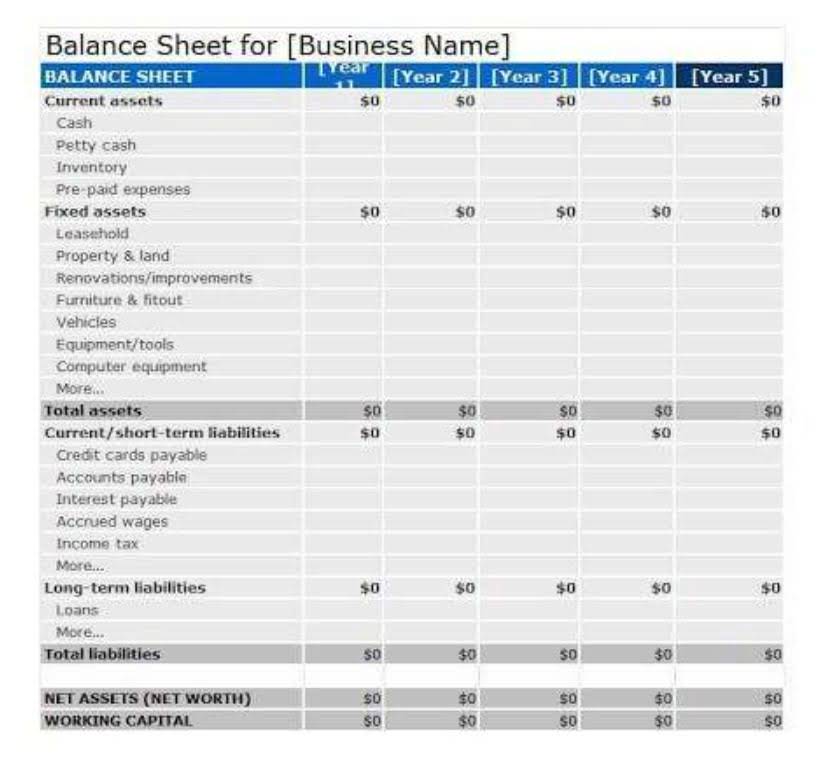
You can also examine your other expenses and see where you may be able to cut down on costs if needed. This system provides for two-digit number designations for major categories under which accounts are listed, and three-digit number designations for individual general ledger accounts. The first two digits of an individual account number refer to the major category under which the account is classified and the third digit identifies the specific account. This accounting key consists of the Account String and the Object Code.
How many levels are there in the chart of accounts?
Similarly, if you use an online program that helps you manage all your accounts in one place, like Mint or Personal Capital, you’re looking at basically the same thing as a company’s COA. Keeping an updated COA on hand will provide a good overview of your business’s financial health in a sharable format you can send to potential investors and shareholders. It also helps your accounting team keep track of financial statements, monitor business financial performance, and see where the money comes from and goes, making it an important piece for financial reporting. A chart of accounts (COA) is an index of all of the financial accounts in a company’s general ledger. In short, it is an organizational tool that lists by category and line item all of the financial transactions that a company conducted during a specific accounting period. For example, if a company makes a sale, it debits an asset account (like Accounts Receivable or Cash) and credits a revenue account (Sales Revenue), as defined in the COA.
Chart Of Accounts Example

He frequently speaks at continuing education events.Charles consults with other CPA firms, assisting them with auditing and accounting issues. Liabilities are which account number digit identifies the primary account classification/ledger division? all the debts that your company owes to someone else. This would include your accounts payable, any taxes you owe the government, or loans you have to repay.

Appendix 14: Accounting Standards and Financial Reporting Requirements for SBICs
The account’s unique identifier (e.g., 1010.1) is used to specify where the debit or credit is to be recorded. For the past 52 years, Harold Averkamp (CPA, MBA) hasworked as an accounting supervisor, manager, consultant, university instructor, and innovator in teaching accounting online. For the past 52 years, Harold Averkamp (CPA, MBA) has worked as an accounting supervisor, manager, consultant, university instructor, and innovator in teaching accounting online. Shaun Conrad is a Certified Public Accountant and CPA exam expert with a passion for teaching. After almost a decade of experience in public accounting, he created MyAccountingCourse.com to help people learn accounting & finance, pass the CPA exam, and start their career.
Four Advantages to a Chart of Accounts
No, but it’s considered necessary by all kinds of companies seeking to categorize all of their transactions so that they can be referenced quickly and easily. Of crucial importance is that COAs are kept the same from year to year. Doing so ensures that accurate comparisons of the company’s finances can be made over time.
- The company records each transaction (journal entry or accounting entry) in the general ledger account, and the general ledger totals create the trial balances.
- It also helps your accounting team keep track of financial statements, monitor business financial performance, and see where the money comes from and goes, making it an important piece for financial reporting.
- The COA is tailored to an organization’s needs and can vary widely in complexity.
- The chart of accounts allows you to organize your business’s complex financial data and distill it into clear, logical account types.
- However, they also must respect the guidelines set out by the Financial Accounting Standards Board (FASB) and generally accepted accounting principles (GAAP).
The number of figures used depends on the size and complexity of a company and its transactions. Department code – This is usually a two-digit code that identifies a specific department within a company, such as the accounting, engineering, or production departments. Division code – This is typically a two-digit code that identifies a specific company division within a multi-division company. The code can be expanded to three digits if there are more than 99 subsidiaries. A chart of accounts is an important organizational tool in the form of a list of all the names of the accounts a company has included in its general ledger. This list will usually also include a short description of each account and a unique identification code number.
- A company’s organization chart can serve as the outline for its accounting chart of accounts.
- An asset would have the prefix of 1 and an expense would have a prefix of 5.
- After almost a decade of experience in public accounting, he created MyAccountingCourse.com to help people learn accounting & finance, pass the CPA exam, and start their career.
- Each account in the chart of accounts is typically assigned a name and a unique number by which it can be identified.
- To create a COA for your own business, you will want to begin with the assets, labeling them with their own unique number, starting with a 1 and putting all entries in list form.
Kristen Slavin is a CPA with 16 years of experience, specializing in accounting, bookkeeping, and tax services for small businesses. A member of the CPA Association of BC, she also holds a Master’s Degree in Business Administration from Simon Fraser University. In her spare time, Kristen enjoys camping, hiking, and road tripping with her husband and two children. The firm offers bookkeeping and accounting services for business and personal needs, as well as ERP consulting and audit assistance.
Chart Of Accounts: Definition, Types And How it Works
A chart of accounts gives you a clear picture of how much money you owe in terms of short- and long-term debts. Your COA can help you determine how much of your monthly income you can afford to put toward your debts and help you develop longer-term debt repayment plans. Second, let’s see how the journal entries feed into the general ledger which feeds into the trial balance. A diagram depicting a company’s hierarchy or chain of command, its business segments, functions, and departments.
How to Use the Chart of Accounts
In addition, the operating revenues and operating expenses accounts might be further organized by business function and/or by company divisions. Here is a way to think about a COA as it relates to your own finances. Say you have a checking account, a savings account, and a certificate of deposit (CD) at the same bank. When you log in to your account online, you’ll typically go to an overview page that shows the balance in each account.
Appendix 16: Chart of Accounts for SBICs
Your COA is a useful document that lets you present all the financial information about your business in one place, giving you a clear picture of your company’s financial health. The COA is usually hierarchical, with accounts organized in categories and subcategories. These categories include assets, liabilities, equity, revenue, and expenses. Each account within the COA is typically assigned a unique identifier, usually a numerical code (see examples below), to facilitate data entry and reporting. That part of the accounting system which contains the balance sheet and income statement accounts used for recording transactions.
